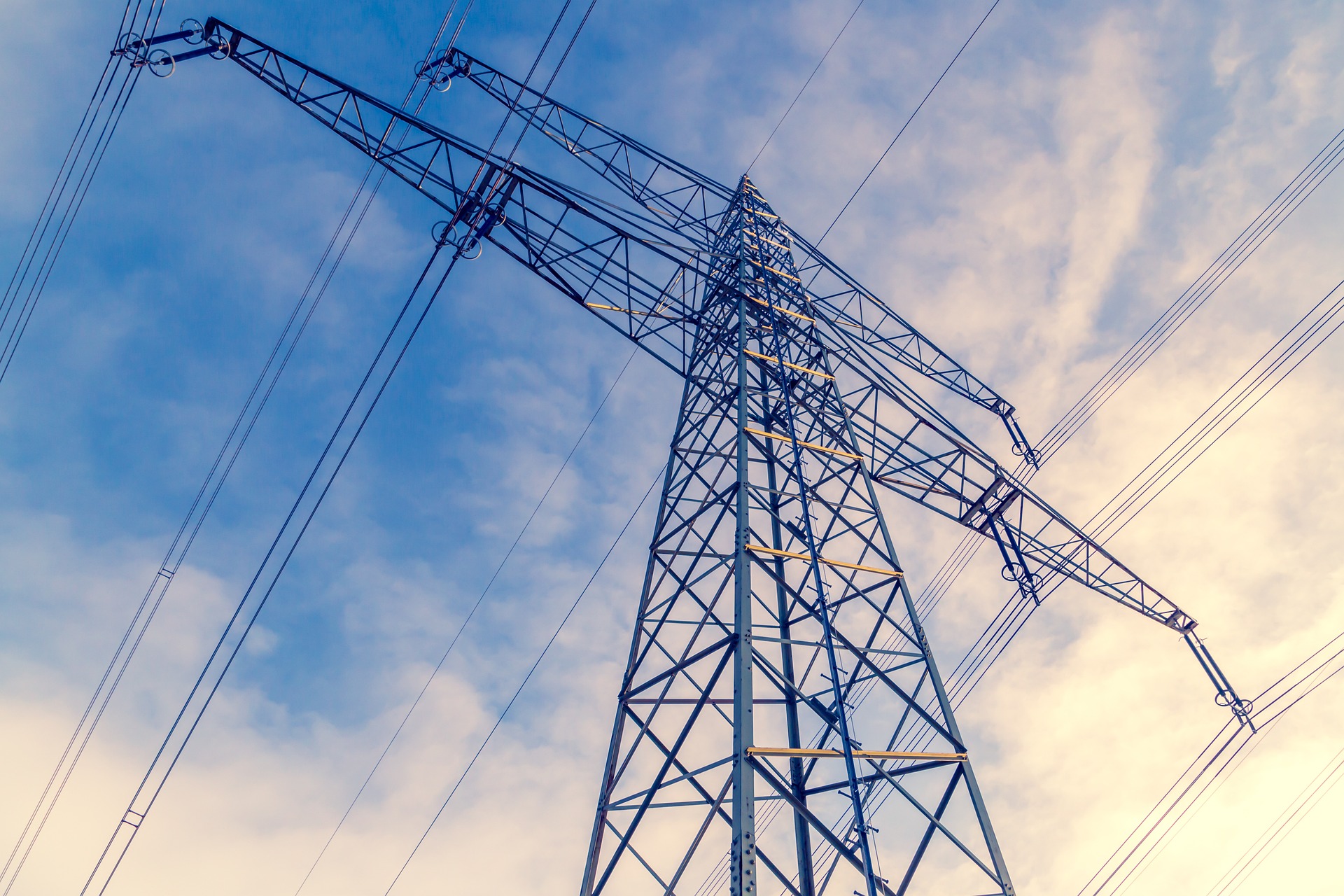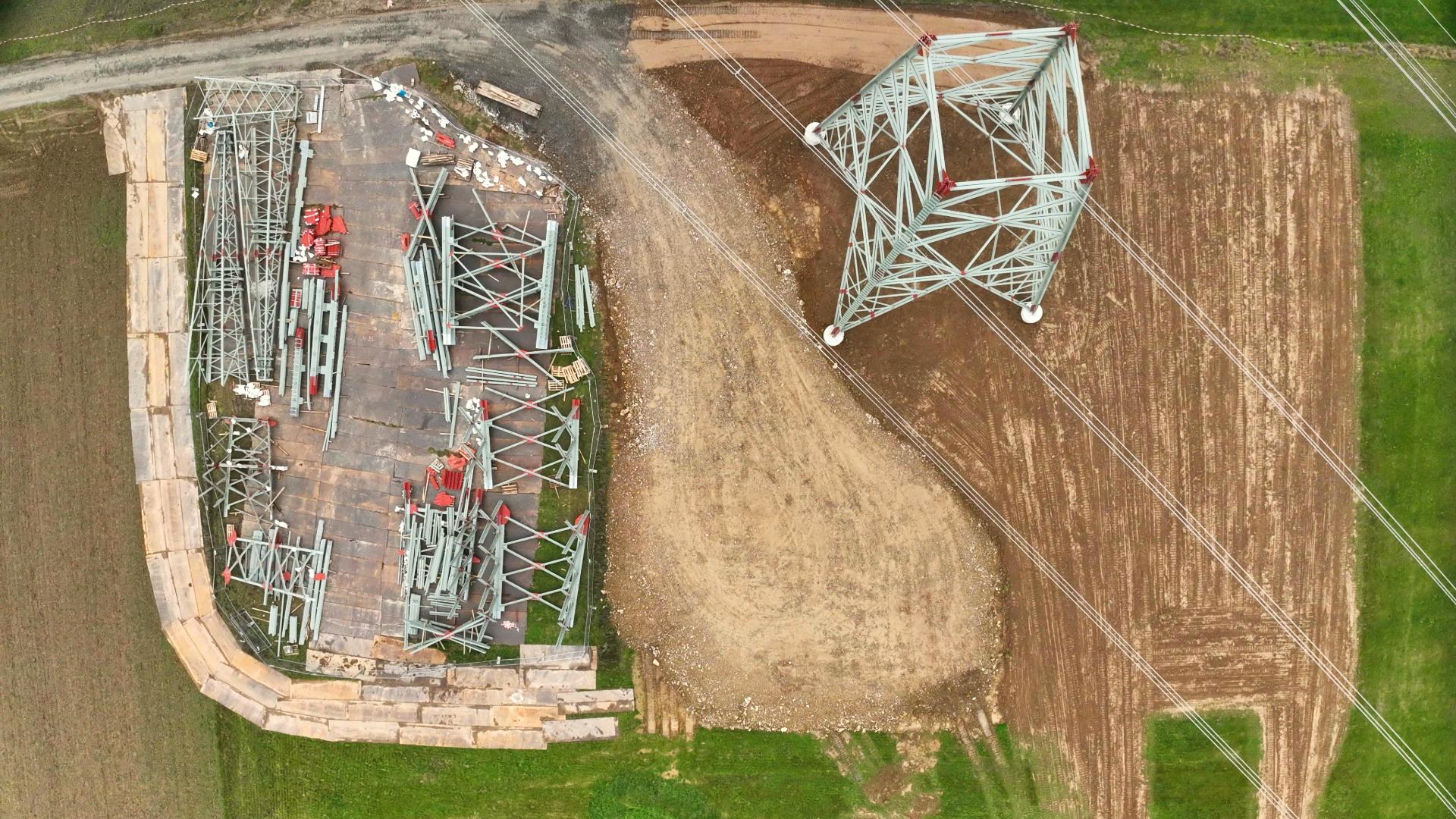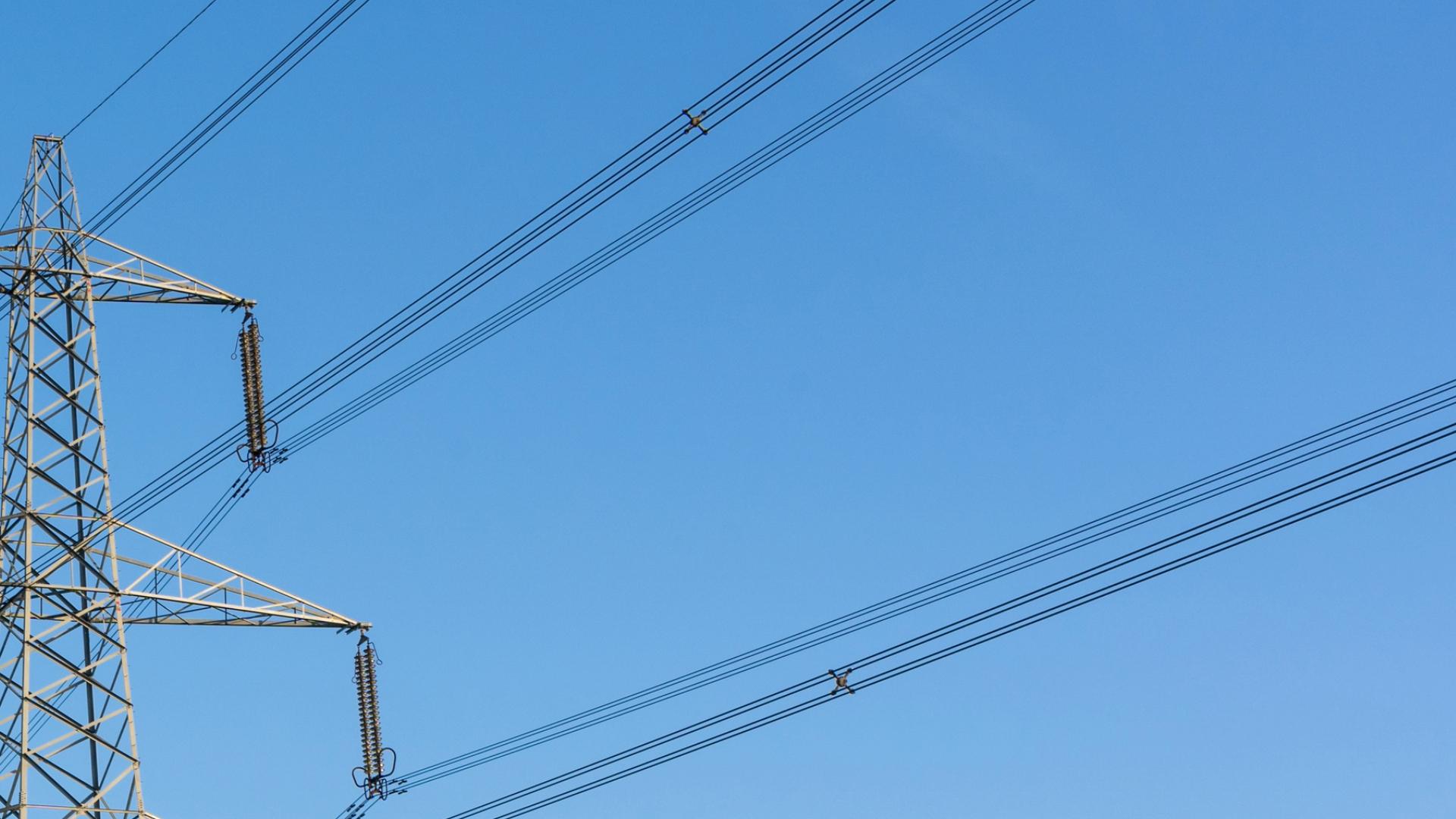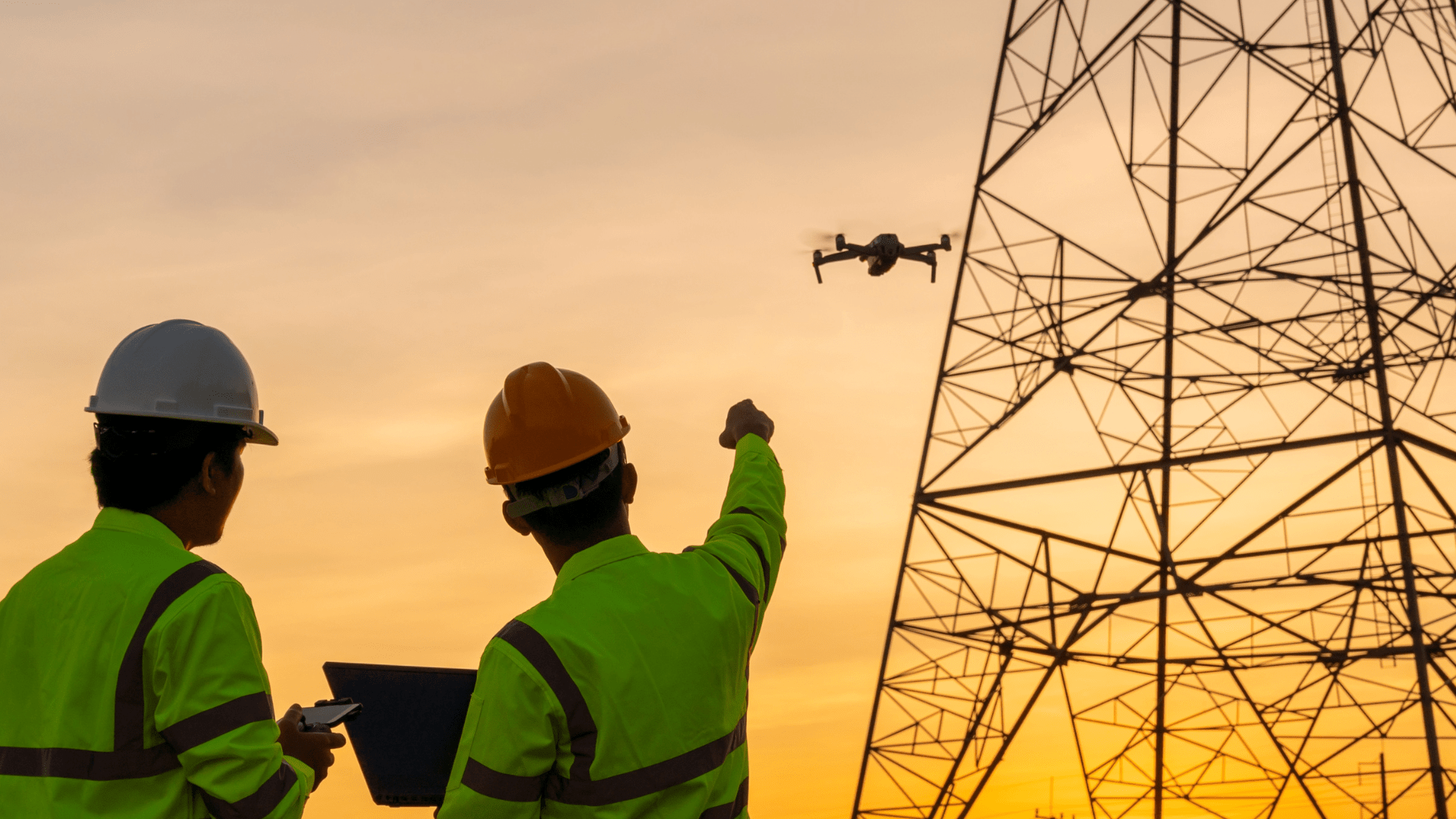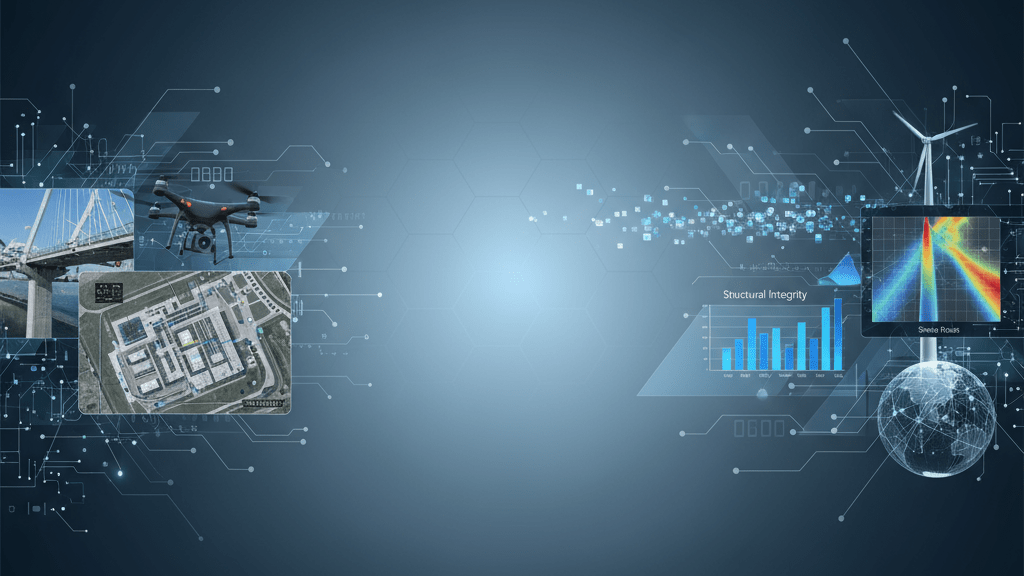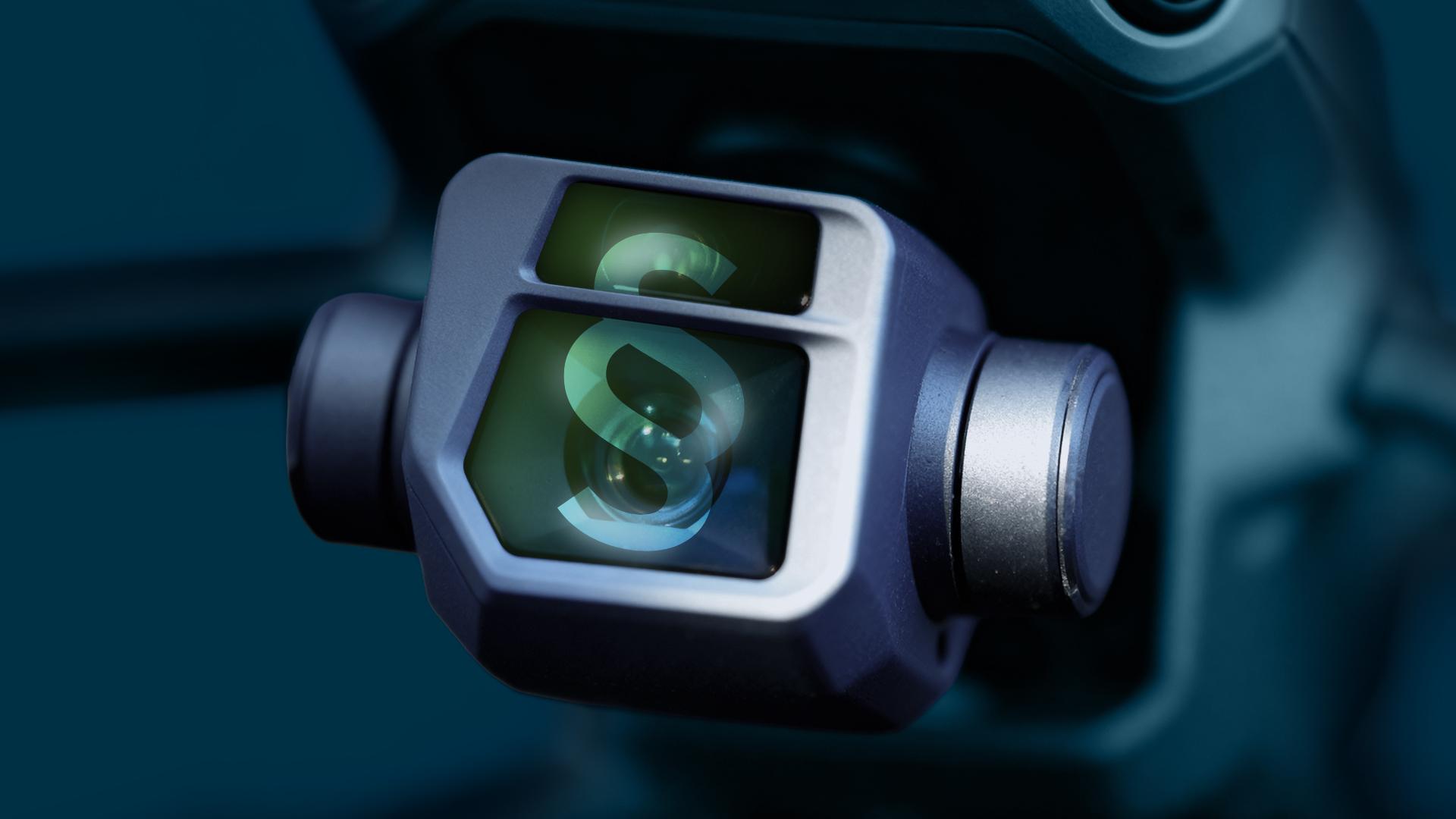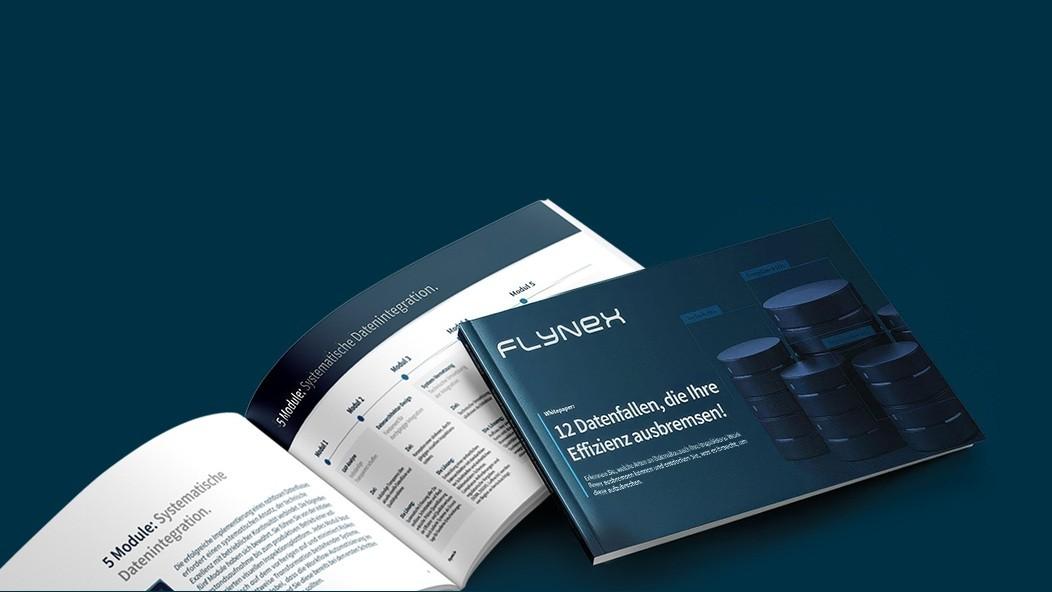Lange haben wir in Deutschland darauf gewartet und nun ist es zum Greifen nah: das nationale Gesetz zum Betrieb unbemannter Luftfahrzeuge. Der Bundestag hat Anfang Mai den Gesetzentwurf verabschiedet. Im nächsten Schritt muss noch der Bundesrat seine Zustimmung erteilen und dann könnte ab Juni / Juli 2021 das neue Gesetz zum Betrieb von UAVs in Deutschland in Kraft treten.
Seit Anfang des Jahres gilt die EU-weite Durchführungsverordnung 2019/947 (umg. EU-Drohnenverordnung) für alle EU-Mitgliedstaaten. Sie behandelt neue Vorschriften und Verfahren für den Betrieb unbemannter Luftfahrtzeuge. Momentan befinden wir uns allerdings in einer Übergangszeit, welche vor allem bei Unternehmen für viele Unklarheiten sorgt. Die EU-Richtlinien müssen nämlich zunächst an das nationale Recht angepasst werden, um legal zu greifen und eine Anwendbarkeit zu gewährleisten. Nun erfolgte ein wichtiger Schritt im Bundestag.
BUNDESTAG STIMMT GESETZENTWURF MEHRHEITLICH ZU
Vor zwei Wochen hat der Bundestag in der 3. Lesung einen Gesetzentwurf verabschiedet, welcher die EU-Richtlinien in das deutsche Luftverkehrsgesetz übersetzt. Mit den Stimmen der CDU/CSU und der SPD wurde der Entwurf entgegen der Stimmen von AfD, FDP, Die Linke und Bündnis 90/Die Grünen angenommen.
Welche Rolle Drohnen und der kommerzielle Markt der unbemannten Luftfahrzeuge heute spielen, veranschaulicht Thomas Jarzombek (Koordinator der Bundesregierung für die Deutsche Luft- und Raumfahrt, CDU) in seiner Rede vor der Bundesregierung.
WICHTIGSTE ÄNDERUNG: ERLAUBNISTATBESTÄNDE
Einer der wichtigsten Änderungen im Entwurf ist die Umkehr der Verbotstatbestände in Erlaubnistatbestände. So wurde das Wort „Ausnahmegenehmigung“ gestrichen und durch „Genehmigungen“ ersetzt. Für die Praxis könnte das weniger Bürokratie bedeuten und den Prozess von der Antragsstellung bis hin zum Einsatz verkürzen.
Das beschlossene Gesetz geht im Wesentlichen den EU-Vorgaben nach und es gelten Abstandsregeln, die wir bereits im Zusammenhang mit der EU-Drohnenverordnung kommunizierten. Nachlesen können Sie die wichtigsten Abstandsregeln hier.
FLÜGE UNTER AUFLAGEN GRUNDSÄTZLICH ERLAUBT
Ergänzend dazu werden im Gesetzentwurf Details aufgegriffen. Flüge über Privatbereiche etwa, werden für Fluggeräte bis 0,25 Kilogramm und ohne optische und akustische Aufzeichnungs- oder Übertragungsmöglichkeiten erleichtert. Wichtig ist, dass eine Flughöhe von mindestens 100 Metern eingehalten wird und der Flug nicht abends nach 22 Uhr und erst wieder erst ab 6 Uhr morgens stattfinden darf. Außerdem müssen „alle Vorkehrungen getroffen werden, um einen Eingriff in den geschützten Privatbereich und in das Recht auf informationelle Selbstbestimmung der betroffenen Bürger zu vermeiden; dazu zählt insbesondere, dass in ihren Rechten Betroffene regelmäßig vorab zu informieren sind“ (siehe Gesetzesentwurf Drucksache 159/21, § 21h Regelungen für den Betrieb von unbemannten Fluggeräten in geografischen Gebieten nach der Durchführungsverordnung (EU) 2019/947 Abs. 3 Nr. 7c,bb)

Für die gewerbliche Nutzung von Drohnen ist § 21h ebenfalls von Interesse. Hier wird beschrieben, unter welchen Voraussetzungen ein Flug in den verschiedenen geografischen Gebieten möglich ist. Beispielsweise gilt für die Befliegung von Anlagen der zentralen Energieerzeugung und Energieverteilung ein seitlicher Abstand von 100 Metern und ist mit einer ausdrücklichen Zustimmung der zuständigen Stelle oder des Betreibers der Einrichtung grundsätzlich erlaubt. Auf diese Weise regelt der Paragraf Flüge um und über Flughäfen, Industrieanlagen, Justizvollzugsanstalten, Einrichtungen des Maßregelvollzugs, militärische Anlagen und Organisationen, Gebäude des Bundes oder der Länder oder oberste und obere Bundes- oder Landesbehörden, Liegenschaften von Polizei und anderen Sicherheitsbehörden, Bundesfernstraßen, Bundeswasserstraßen und Bahnanlagen, Naturschutzgebieten, Nationalparks, Freibäder, Badestrände, Kontrollzonen und Unfall- und Einsatzorte.
ZUSTÄNDIGKEITEN WURDEN GEKLÄRT
Weiterhin wurden mit dem Gesetzentwurf die zuständigen Behörden und Stellen genau definiert. Zum Beispiel ist das Luftfahrt-Bundesamt für die Durchführung von Prüfungen und die Ausstellung von Bescheinigungen und Zeugnissen in der Betriebskategorie „offen“ zuständig. Für die Aufsicht des Betriebes aus der Kategorie ist wiederum die örtliche Luftfahrtbehörde verantwortlich. Die Zuständigkeit zur Beurteilung eines Betriebes in die Kategorie „speziell“ soll nun grundsätzlich bei den Bundesländern liegen, unabhängig vom Gewicht (über oder unter 25 kg) des Fluggeräts.
Dank dieser Regulierungen steht besonders der kommerzielle Drohnenmarkt in Deutschland bald nicht mehr im rechtlichen Vakuum. Diese Situation bremste besonders den gewerblichen Einsatz in den letzten Monaten enorm.
„Wird diese Bremse gelöst, kann die EU-Drohnenverordnung das schaffen, wofür sie ursprünglich gedacht war: Drohnenflüge erleichtern, Befliegungen klar regeln und auf diese Weise herkömmliche Anwendungsfälle sicherer, schneller, kostengünstiger und nachhaltiger gestalten.“
Andreas Dunsch, CEO & Co-Founder der Leipziger Drohnenplattform FlyNex
Mit dem Gesetzentwurf ist ein wichtiger Schritt in die richtige Richtung getan. Als Nächstes stimmt der Bundesrat am 28.05. über den Gesetzentwurf ab. Wir informieren Sie hier über weitere Änderungen und Neuigkeiten zum Thema oder melden Sie sich für unseren Newsletter an, um rundum informiert zu bleiben.
Ihr FlyNex Team
